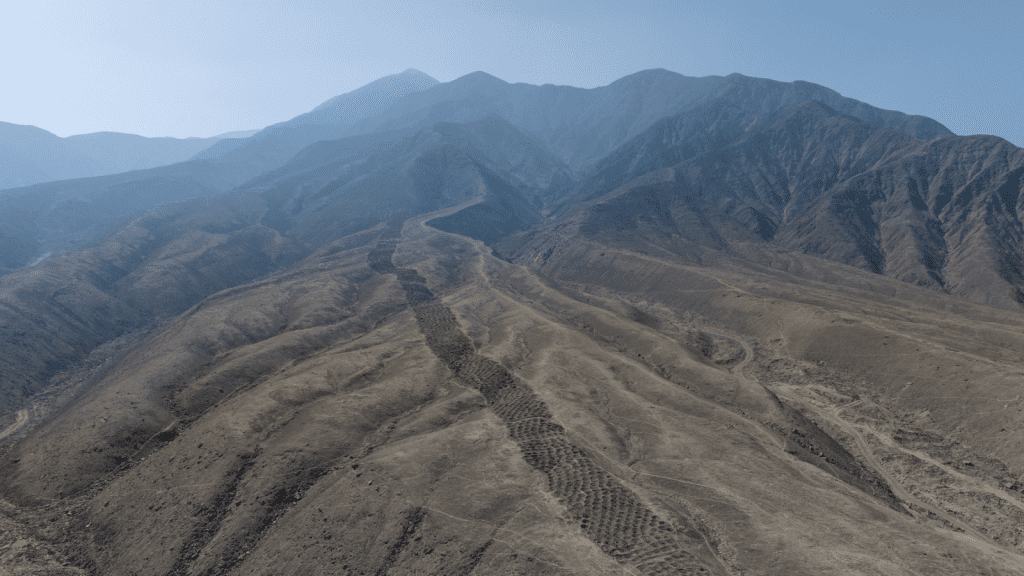A recently published study suggests that an enigmatic Inca-era structure featuring approximately 5,200 holes in the Andes Mountains may have served as a trading and accounting hub centuries ago.
Overview of the Site
The holes are systematically organized in grid formations on Monte Sierpe, also known as “Serpent Mountain,” located in southern Peru. It is believed that this site was established between A.D. 1000 and 1400 as a trading venue for the influential Chincha Kingdom, which had a population exceeding 100,000. Following the conquest of the kingdom by the Inca Empire in the 15th century, researchers propose that the “Band of Holes” might have been adapted to collect tributes and taxes.
Drone Technology and Findings
Archaeologists utilized drone technology to analyze the numerous holes, allowing them to identify “mathematical patterns in the layout,” indicating an organized system likely used for accounting purposes. Additionally, samples from the holes were studied, as stated by co-author Charles Stanish, an anthropology professor at the University of South Florida.
Characteristics of the Holes
The intriguing holes at Monte Sierpe form a long band segmented into blocks, stretching 0.9 miles (1.5 kilometers). Each hole measures between 3 to 6 feet (1 to 2 meters) in diameter and can be up to 3 feet deep, with some lined with stones. The site is strategically located near a fortified settlement and key road intersections that existed prior to Spanish colonization in the 16th century.
Historical Context and Theories
Although first documented in the 1930s and surveyed in the 1970s, little recent work has been conducted on the site. Stanish remarked that its isolation has provided a sense of security from further development. Various theories regarding the holes’ purpose have emerged over time, ranging from defensive structures and storage to gardening and fog collection, as noted by Jacob Bongers, an archaeologist from the University of Sydney.
Research Methodology and Results
The recent study, published on November 10 in the journal Antiquity, included aerial imaging and analysis of ancient plant remnants found in the holes. The discovery of maize pollen indicated that crops may have been deposited there, suggesting human activity as the source, rather than natural occurrences.
Implications of Findings
The team hypothesized that, in pre-Hispanic times, local communities possibly utilized the holes for trading, transporting goods in woven baskets. The structured arrangement of these holes has drawn parallels to Inca khipus, suggesting that both settings may have served similar record-keeping functions. Variations in the number of holes could indicate different tribute systems from nearby settlements. Bongers concluded that this research enhances our understanding of barter systems and the diversity of Indigenous accounting practices in the ancient Andes.



